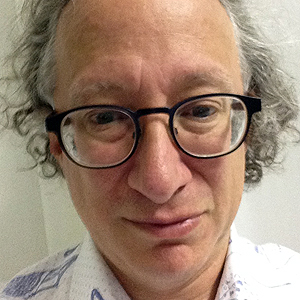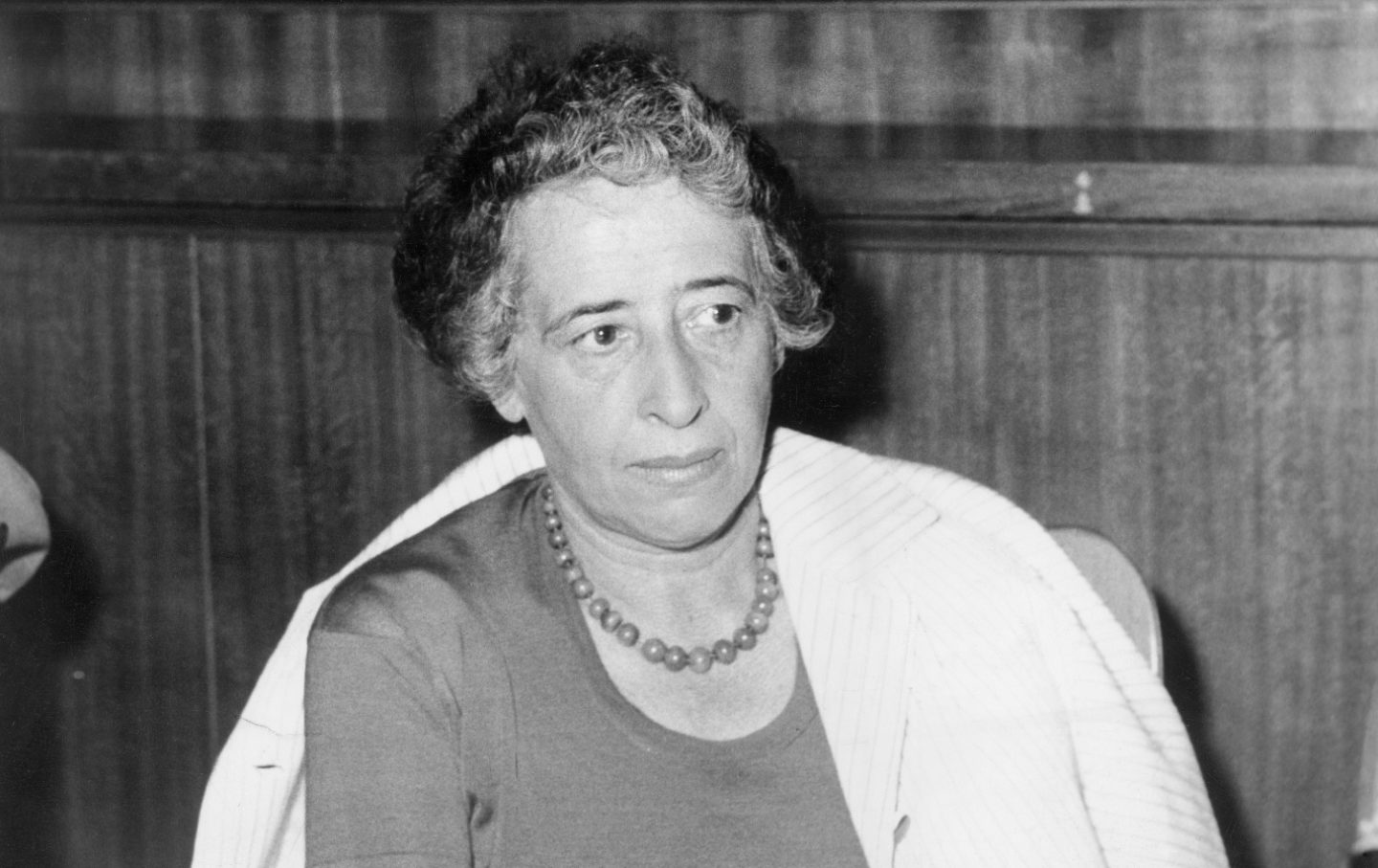Art During Wartime
Can it really be that to call for sympathy with victims of murder and kidnapping is necessarily to demand violence in return?

As Israel’s brutal attack on the people of Gaza continues unabated, to allow ourselves to even think of questions of art can feel shamefully beside the point. And yet art does have something to offer in times of crisis—precisely when it questions its own significance. What, in the face of war—and in one’s helpless distance from a war that cannot be ignored—makes art worth doing? Modern war, by its very nature, seems to defeat the imagination, defeat sympathy, defeat any attempt at a breadth of understanding. It focus the mind on the immediate, and on the all-important necessity of distinguishing friend from foe. This puts it at odds with everything we hope for from the creative vision.
No wonder that the art of the 20th century—an age that witnessed war on an industrial scale and out of all proportion to previous experience—contains so little direct expression of its ravages. The exception that proves the rule is obviously Picasso’s Guernica, but even that harrowing masterpiece, which rubbed the world’s face in the enormity of what had transpired in the massacre of innocents in the hitherto-obscure Basque town, also registered a kind of detachment from the violence it depicted, through its grisaille palette, which—as Peter Schjeldahl, shrewdly observed—“by evoking the look of a newspaper, factored in the modern experience of comprehending catastrophe (and of inflicting it) at a distance.” Commissioned by the Spanish Republican government and, after being exhibited at a world’s fair in Paris, sent on tour to raise funds for refugees, the painting was, unashamedly, a work of propaganda as much as a work of art—and as effective as it was, as propaganda, because of its artistic power.
Yet, in the midst of World War II, hunkered down in an occupied Paris, Picasso did not depict the events going on all around him. The darkness of the time was translated, instead, into austere still lifes with meager meals and skulls evoking hunger and death. “I have not painted the war,” he said, “because I am not the kind of painter who goes out like a photographer for something to depict.” When he finally produced his allegory of war in The Charnel House, 1944–45, it revived the black-and-white of Guernica, but to less effect.
But the question of whether and how the horror of war can be portrayed in painting goes back much further than the 20th century, though perhaps it became more fraught then. I think of Peter Weiss’s great, still not completely translated, symphonic novel The Aesthetics of Resistance: its anonymous narrator, a young German Communist trying to spiritually and physically survive the 1930s as history takes him from the underground in Nazi Berlin to the Spanish Civil War and then exile in Sweden, where he falls into the orbit of fellow refugee Bertolt Brecht.
In doing so, he continually wrestles with the political meaning of artworks such as the Pergamon Altarpiece and Géricault’s Raft of the Medusa. It is Bruegel’s Dulle Griet (1563)—not, in fact, a painting of war but the illustration of a Flemish folktale about a harridan who leads an army of women to the mouth of hell—that moves him to wonder “how it could ever be possible to convey impressions of war, since even in precise descriptions they always lost something of their essence. There was something alien that clung to the experiences being conveyed, realistic depictions were only able to cover a tiny detail, under which lay the nightmarish terror, the panicked confusion, unresolved.” But in Bruegel’s fantastical vision, he feels, “[t]he combination of the spawns of madness with the gestures and movements of startled, agonized individuals, created a situation that approximated that derangement and clairvoyance we had sometimes felt, if only for a few seconds” in battle in Spain. “In those moments, staring at sand dunes and piles of stones, faces would emerge from furrows and holes, roots, charred beams would transform into bodies laying in wait, dust-gray shrubs on the edge of paths turned into the raised limbs of guns, and from this threshold between flash-like impressions and delusions other apparitions proliferated, characterized by the disgust that was never far from fear.”
Do these hallucinatory sensations conveying the reality-unreality of the experience of war have any purchase on the art being made in our present time of war? It was with that question in mind that I went to New York’s Jewish Museum to see the exhibition “7 October 2023” by the Ukrainian-born Israeli artist Zoya Cherkassky—a set of a dozen paintings on paper, produced in the immediate aftermath of the attacks, displayed in a black-walled room. I left with skepticism. The sense of immediacy afforded by Cherkassky’s faux-naïve figurative style hardly seemed up to the task of conveying the enormity of the events of that dark day. She wants to evoke empathy with the victims—naturally enough. But in trying to do so she wallows in kitsch. One example, a work showing several generations of a family taking refuge in a safe room, shows why: They all gaze out with big sad eyes, as if they already saw themselves as constituting a tableau composed for no other reason than to solicit a viewer’s emotion, rather than expressing any organic relationship among themselves, let alone agency. The fact that she directly quotes the famous bare light bulb that casts its stark illumination over Guernica only highlights the disparity between them: Cherkassky simply does not have the same faith in her art’s power to affect the viewer without, as it were, insisting on what the affect ought to be.
And maybe there’s good reason not to have that faith. It seems that we have lost some of our ability to empathize: Horrors compete with horrors, and we only feel for some of the victims at the expense of the others. At a public conversation at the museum in February, demonstrators denounced the exhibition as “a pro-war show…trying to stir up revenge and retaliation” and “imperial propaganda”—an unlikely construal of the intentions of an artist who, according to The New York Times, has previously depicted Israeli oppression of Palestinians.
But these days, arbitrary imputations of intent seem de rigueur. Everyone is supposed to have the right to determine what everyone else means when they use slogans like “from the river to the sea” or “bring them home” (and whatever you do, never ask anyone what they mean, because the answer might deprive you of the pleasure of denouncing them). Maybe that’s the trouble with slogans. Can it really be that to call for sympathy with victims of murder and kidnapping is necessarily to demand violence in return? Those who believe this need to examine their own consciences. Let’s not become so morally degraded. Despite everything, it should still be possible to feel the suffering of fellow human beings, whether they are Israeli Jews or Palestinian Muslims. Instead, we find an effort to erase the memory of one group or another.
Whoever we are, we should remember that we can all, sooner or later, fall into the category of victim. In place of Cherkassky’s failed effort to individualize the victims and create a direct bond with witnesses through the gaze, I found a better response to Weiss’s call for an art conveying the experience of war through hallucinatory excess in another recent exhibition, the Swiss artist Thomas Hirshhorn’s “Fake it, Fake it—till you Fake it” at the Gladstone Gallery in Chelsea. Hirshhorn asks the relevant questions:
How to do art in times of war, destruction, violence, anger, hate, resentment? What kind of art should be done in moments of darkness and desperation?… How to continue working—as an artist—and in doing so, avoid falling into the traps of facts, journalism, and comments?
His massive installation was a frantic exercise in—excuse the term—overkill, featuring row upon row of crudely constructed cardboard office desks topped with cardboard computers and other devices whose “screens” are endless images of military personnel at work and the bottomless devastation of war.
Which war, or wars? Ukraine, Gaze, Yemen, Sudan, Tigray? Reduced to rubble, one street looks much like another. Like Picasso in 1937, Hirshhorn asks us to come to terms not only with the violence that surrounds us but with our mediated relationship to it. Rather than trying to separate friends from foes—making a cut that is already an incipient form of violence—he wants us to reflect on the ubiquity of the aggression in which participate, whether vicariously or otherwise, and which can always return against us.
Hold the powerful to account by supporting The Nation
The chaos and cruelty of the Trump administration reaches new lows each week.
Trump’s catastrophic “Liberation Day” has wreaked havoc on the world economy and set up yet another constitutional crisis at home. Plainclothes officers continue to abduct university students off the streets. So-called “enemy aliens” are flown abroad to a mega prison against the orders of the courts. And Signalgate promises to be the first of many incompetence scandals that expose the brutal violence at the core of the American empire.
At a time when elite universities, powerful law firms, and influential media outlets are capitulating to Trump’s intimidation, The Nation is more determined than ever before to hold the powerful to account.
In just the last month, we’ve published reporting on how Trump outsources his mass deportation agenda to other countries, exposed the administration’s appeal to obscure laws to carry out its repressive agenda, and amplified the voices of brave student activists targeted by universities.
We also continue to tell the stories of those who fight back against Trump and Musk, whether on the streets in growing protest movements, in town halls across the country, or in critical state elections—like Wisconsin’s recent state Supreme Court race—that provide a model for resisting Trumpism and prove that Musk can’t buy our democracy.
This is the journalism that matters in 2025. But we can’t do this without you. As a reader-supported publication, we rely on the support of generous donors. Please, help make our essential independent journalism possible with a donation today.
In solidarity,
The Editors
The Nation









